



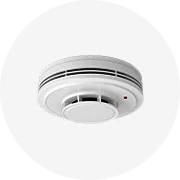
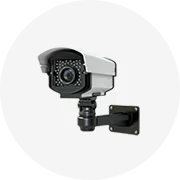
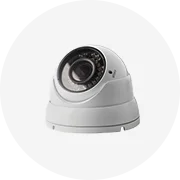
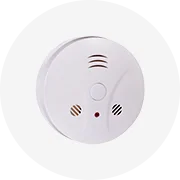
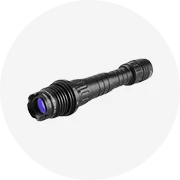

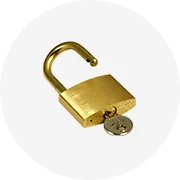
Camera desiccators are essential tools for maintaining the longevity and functionality of sensitive photographic equipment. These devices are specifically designed to eliminate moisture from camera housings and lens compartments, ensuring that the delicate internal components remain dry and free from the damaging effects of humidity.
There are various types of camera desiccators available, each suited to different environments and camera systems. Some are built for large-scale storage, ideal for archival purposes, while others are compact and portable, perfect for photographers on the move. Their applications span from professional photography studios to rigorous outdoor environments where cameras are exposed to elements that could compromise image quality and equipment performance.
A camera desiccator typically features a sealed construction with desiccants like silica gel, which is known for its hygroscopic properties. The materials used are often robust, with a focus on creating an airtight environment. This ensures that any moisture that could potentially condense within the camera body is effectively absorbed, thus protecting sensitive electronic circuits and optical components.
Utilizing a camera desiccator comes with several advantages. It not only extends the life of the camera by preventing mold and corrosion but also maintains image clarity by avoiding fogging of lenses and sensors. For photographers in humid climates or those transitioning between extreme temperature variations, a desiccator is an invaluable asset for preserving the integrity of their photographic equipment.
When selecting a camera desiccator, it is important to consider the size of the camera equipment, the typical storage duration, and the specific environmental conditions it will be exposed to. Some desiccators offer indicators that change color when saturation is reached, signaling the need for replacement or reactivation of the desiccant.
Maintaining a camera desiccator is straightforward. Most desiccants can be recharged by heating, allowing for repeated use. It is crucial to regularly check the integrity of the seal and the condition of the desiccant to ensure optimal performance. Proper care of the desiccator will contribute significantly to the protection and upkeep of valuable camera equipment.